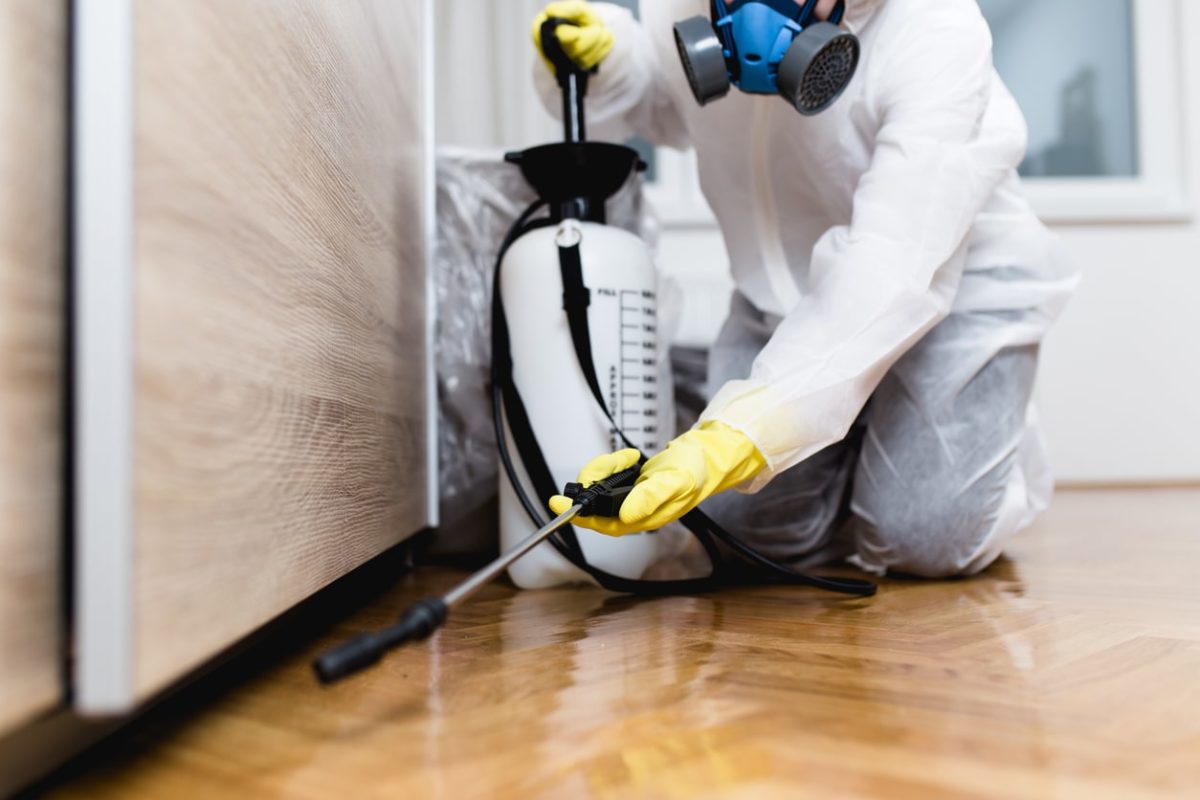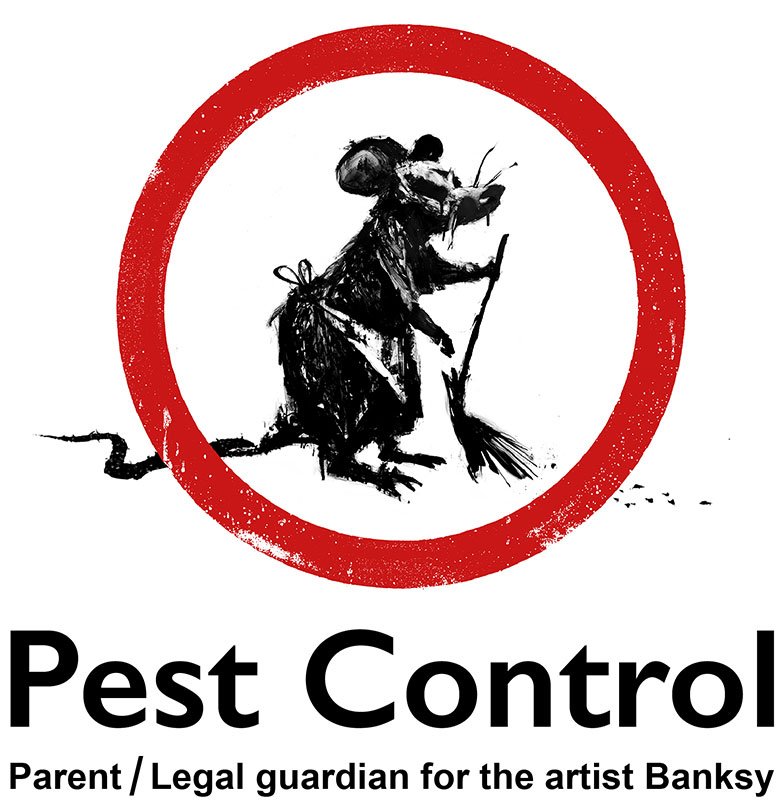Exploring Problem and Treatment Strategies in the Globe of Insect Control
The landscape of pest control incorporates a myriad of challenges, specifically as invasions of usual family pests remain to develop. Recognizing the habits and reproductive patterns of these hassles is critical for developing reliable treatment approaches. By integrating safety nets with sophisticated management methods, such as Integrated Pest Administration (IPM), homeowners can better safeguard their atmospheres. The efficiency of these approaches may differ significantly based on certain conditions. What underlying aspects add to the success or failure of these methods in various settings?

Typical Family Vermin
When it involves handling our home, understanding common home insects is vital. These bugs not just interrupt our convenience however can likewise present health and wellness dangers and damages building. One of the most common family bugs include ants, cockroaches, rodents, termites, and bed bugs.
Ants, often seen foraging in kitchens, can infect food and develop big nests. Cockroaches, known for their resilience, can cause allergic reactions and spread microorganisms. Rodents, including computer mice and rats, can create structural damage and lug conditions like hantavirus and salmonella. Termites, commonly referred to as "silent destroyers," can endanger the honesty of wooden structures, leading to pricey repair services. Bed bugs, although not disease service providers, can trigger significant pain with their bites and lead to emotional distress.
Identifying the indications of these pests, such as droppings, nests, or attack marks, is vital for early treatment (Pest Control Lockhart). Proper hygiene practices, securing entry factors, and preserving a clutter-free environment are reliable preventative steps. By recognizing these typical household bugs and comprehending their behaviors, house owners can take proactive actions to reduce problems, ensuring a much healthier living environment
Comprehending Parasite Infestations
Bug problems can intensify rapidly, transforming a minor nuisance into a considerable problem if not addressed immediately. Understanding the nature of these problems is essential for reliable management. Bugs can attack domestic and industrial rooms for various reasons, consisting of the look for food, shelter, or breeding grounds. Typical variables contributing to infestations include bad hygiene, architectural susceptabilities, and seasonal changes that drive insects inside your home.
Recognizing the kind of parasite is essential, as different species display different habits and reproductive rates. Rats might establish nests in covert areas while pests like roaches prosper in moist environments. Early discovery usually pivots on acknowledging indications such as droppings, nibble marks, or unusual audios, which can show an issue before it comes to be serious.
Environmental conditions additionally play a crucial role in pest spreading. Warm, humid environments can assist in the fast growth of parasite populations, while changes in landscape design or building and construction can unintentionally create helpful atmospheres. Therefore, routine evaluations and preventative measures are vital to reducing the threat of invasions. An informed strategy to comprehending these characteristics prepares for effective parasite management approaches you can try these out in the future.
Treatment Methods and Strategies
Effective therapy methods and methods are necessary for mitigating insect invasions and recovering a secure setting. A complex technique is usually best, including chemical, organic, and mechanical methods tailored to the particular bug and the extent of the infestation.
Chemical treatments include using insecticides and herbicides, which can efficiently get rid of bugs. Nonetheless, correct application and adherence to safety and security standards are critical to minimize risks to humans and non-target microorganisms. Integrated Pest Administration (IPM) motivates the judicious use chemicals as a last resort, relying instead on surveillance and limit degrees to figure out intervention needs.
Biological control techniques involve presenting natural killers or bloodsuckers to decrease parasite populations. This approach is significantly prominent, particularly in farming settings, as it advertises environmental sustainability.
Mechanical approaches, such as traps and obstacles, offer prompt remedy for parasites without introducing chemicals. Alternatives include sticky catches for insects or physical obstacles for rodents.
Eventually, the choice of therapy method must consider the certain pest, the atmosphere, this link and possible effects on human wellness and environments. A balanced combination of these approaches can efficiently take care of infestations while advertising lasting insect control options.
Preventive Steps for Residence
Proactively dealing with bug concerns before they intensify is essential for maintaining a healthy home atmosphere (Pest Control Lockhart). Applying effective safety nets can significantly decrease the probability of problems, ultimately protecting both your property and well-being

Appropriate landscape design likewise plays a critical duty in avoidance. Keeping bushes and trees cut away from your home lowers the opportunities of bugs discovering their method indoors. Moreover, guarantee that drainage systems are functioning successfully to protect against standing water, which can attract mosquitoes and other pests.
Lastly, regular assessments are a good idea. Frequently looking for indicators of bug activity permits early intervention. By taking on these safety nets, homeowners can develop an environment that is much less welcoming to parasites, consequently enhancing their general quality of life and lowering the requirement for extensive bug control interventions.
Industrial Pest Control Methods
A comprehensive strategy to commercial bug control is important for organizations aiming to preserve a safe and hygienic setting. Effective methods entail a combination of normal inspections, worker training, and the execution of Integrated Pest Administration (IPM) techniques.
Regular assessments make it possible for early detection of parasite task, allowing for prompt treatment. Businesses ought to create a routine schedule for these evaluations, concentrating on risky areas such as kitchen areas, storeroom, and garbage disposal sites. Employee training is similarly critical; team must be enlightened on the indicators of pest infestations and the significance of reporting them quickly.
Implementing IPM practices helps reduce bug problems sustainably. This consists of environment alteration, such as securing access factors and lowering mess, along with using all-natural deterrents prior to considering chemical therapies.

In addition, teaming up with a qualified parasite control provider ensures access to specialist expertise and innovative therapy choices. This partnership can lead to customized pest control plans customized to the details requirements of business, lessening dangers and enhancing total efficiency. Eventually, a proactive and informed strategy promotes a pest-free atmosphere, safeguarding both public health and organization online reputation.
Verdict
In verdict, efficient parasite control necessitates a detailed understanding of common family parasites and their habits, paired with targeted treatment techniques. Applying preventive steps along with treatment techniques such as Integrated Bug Monitoring and biological control find out improves the capability to mitigate problems.